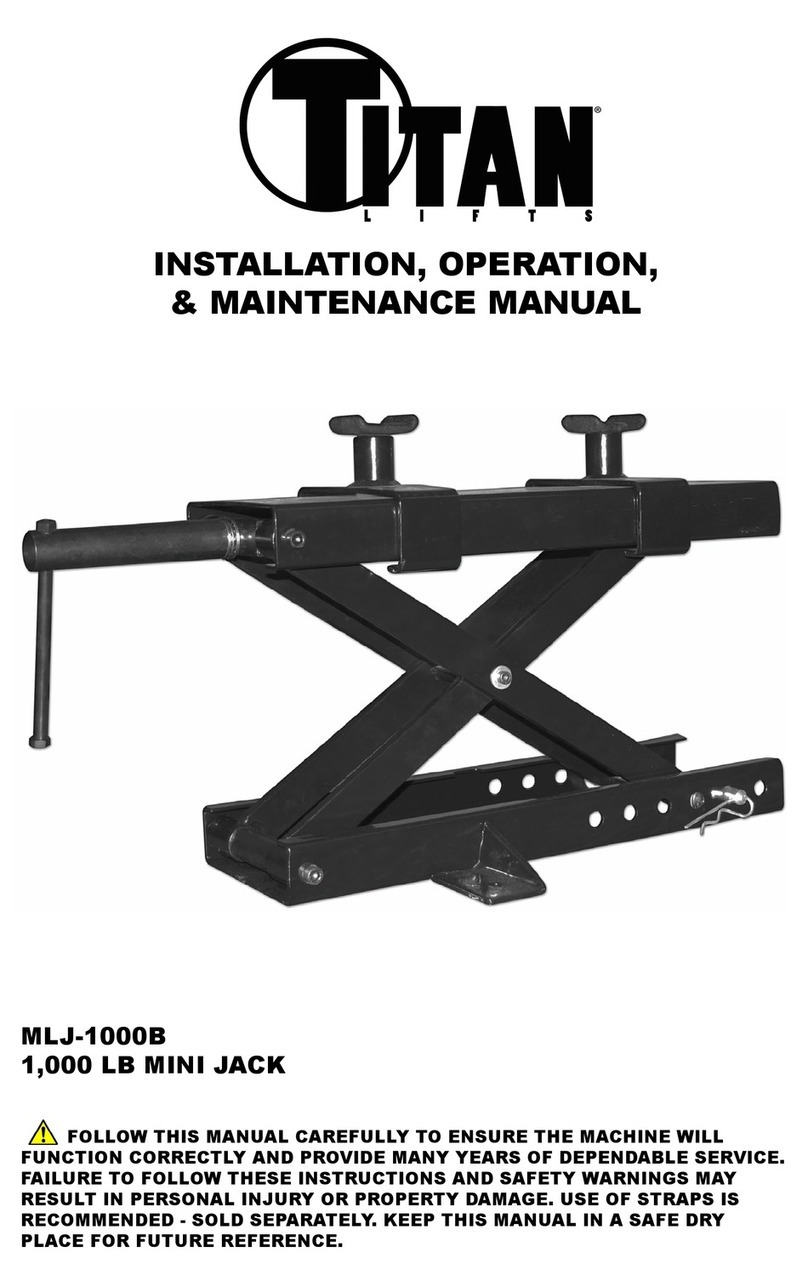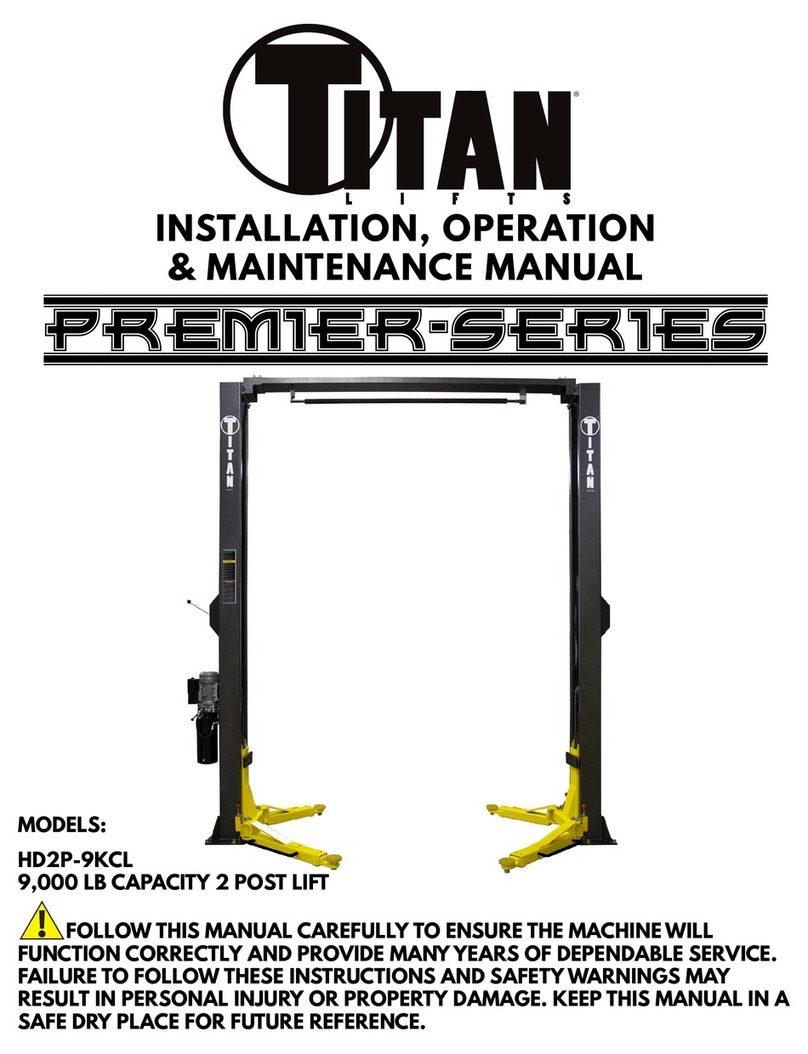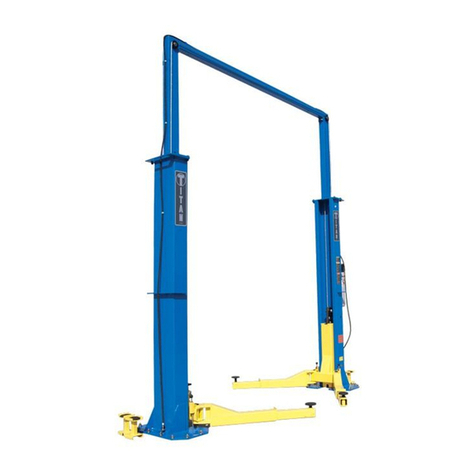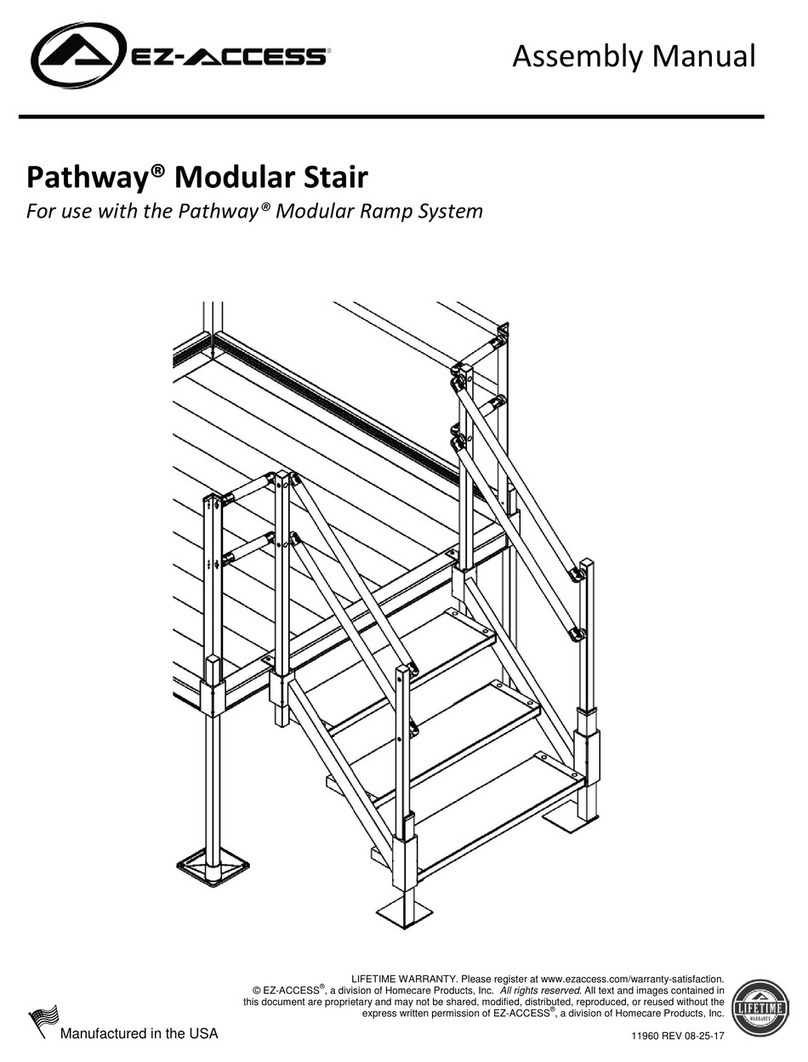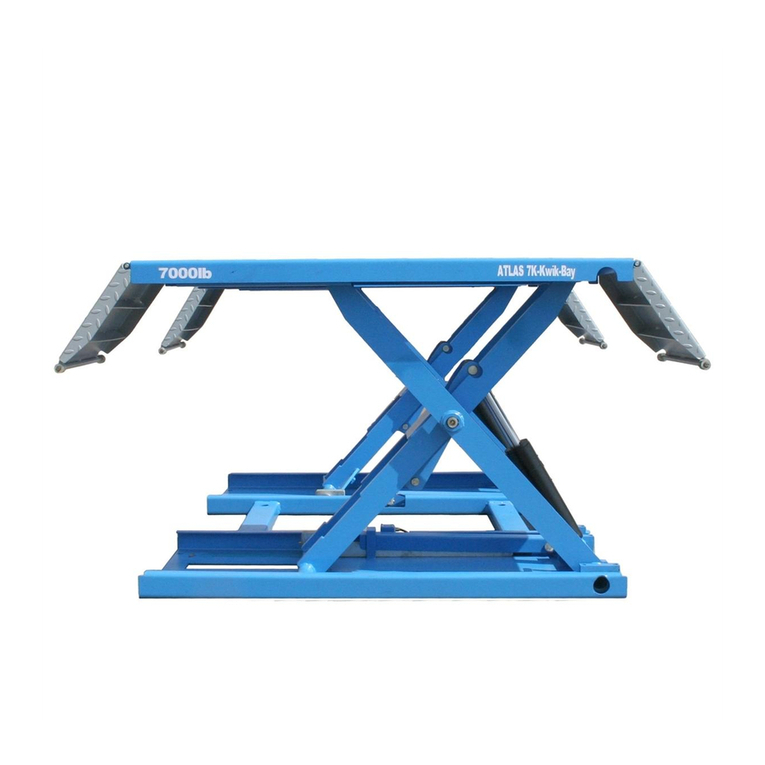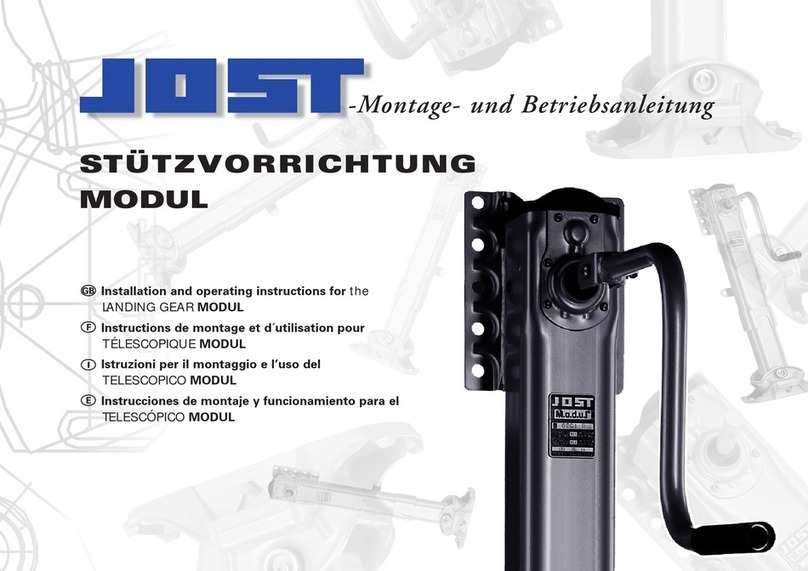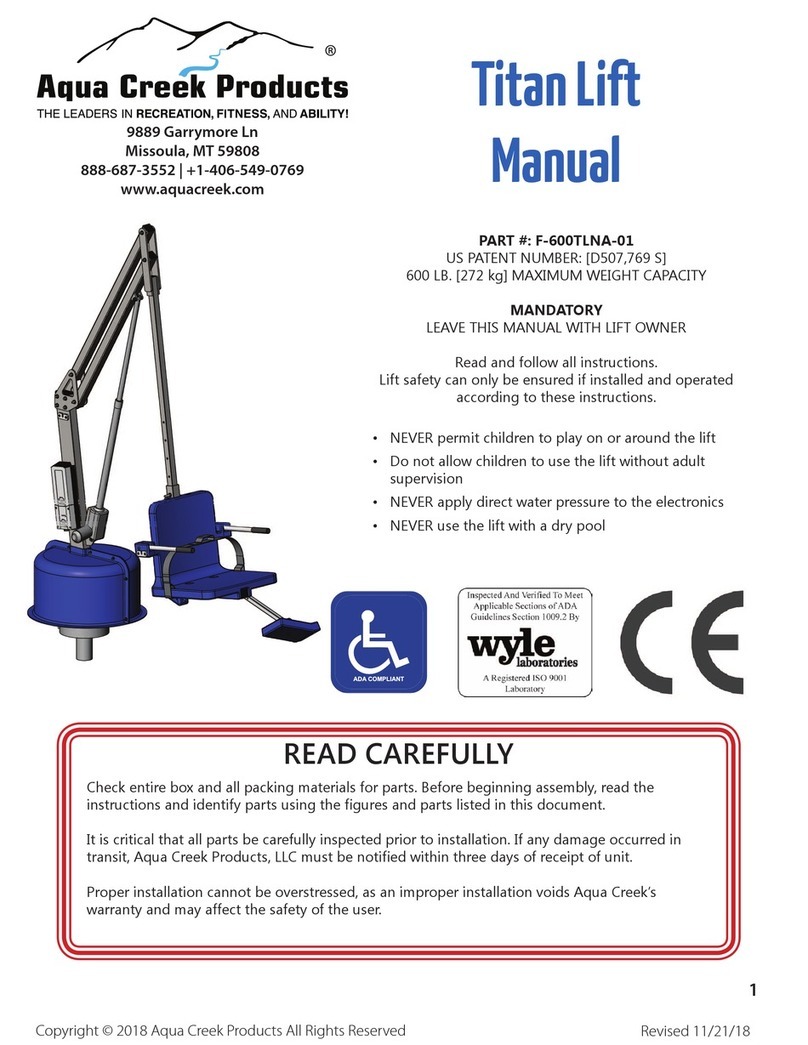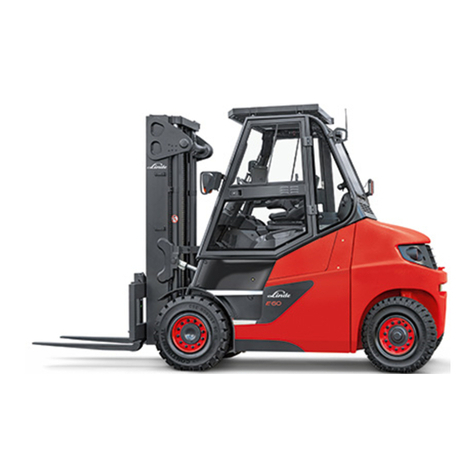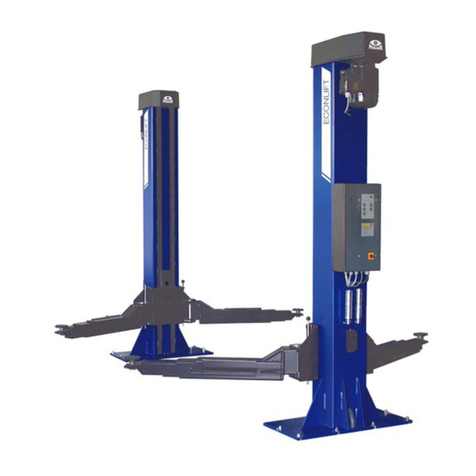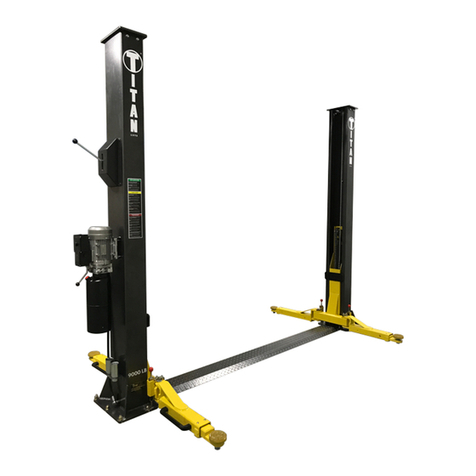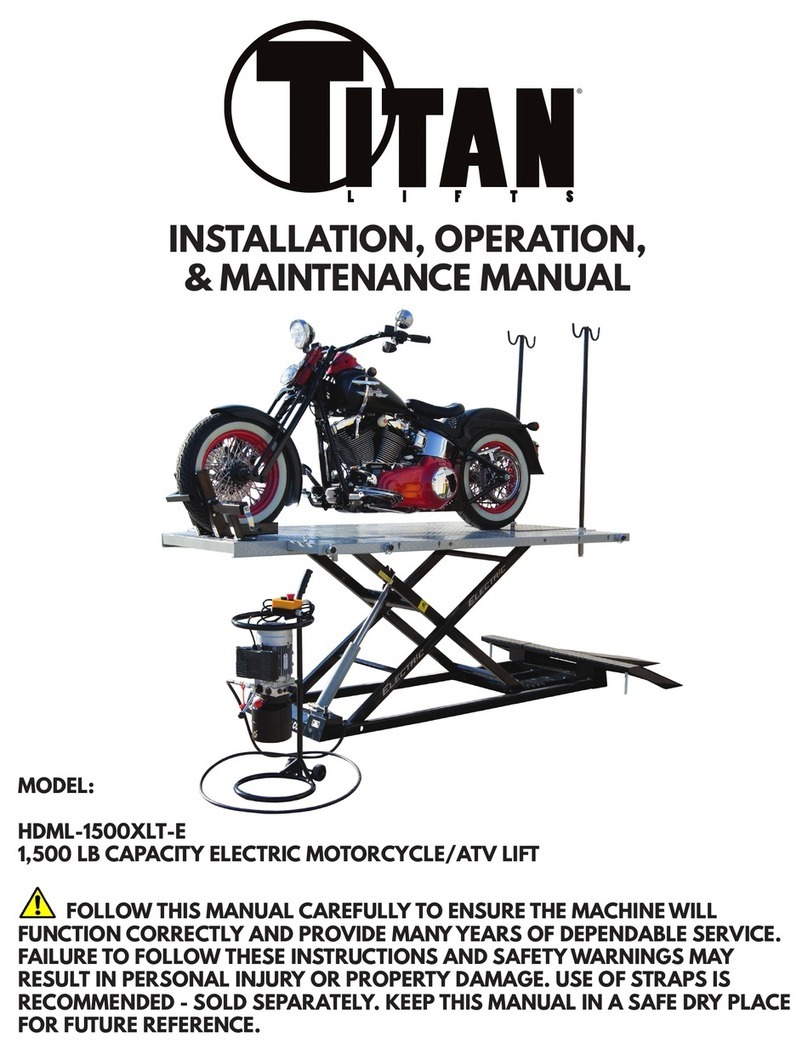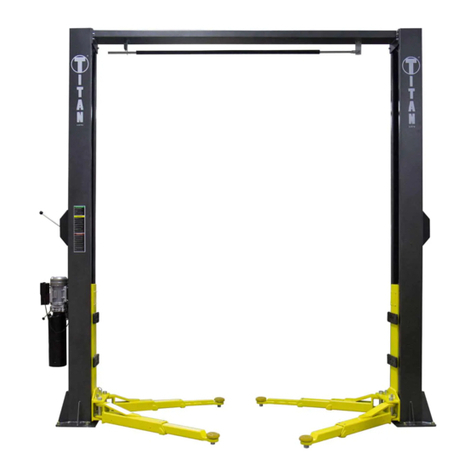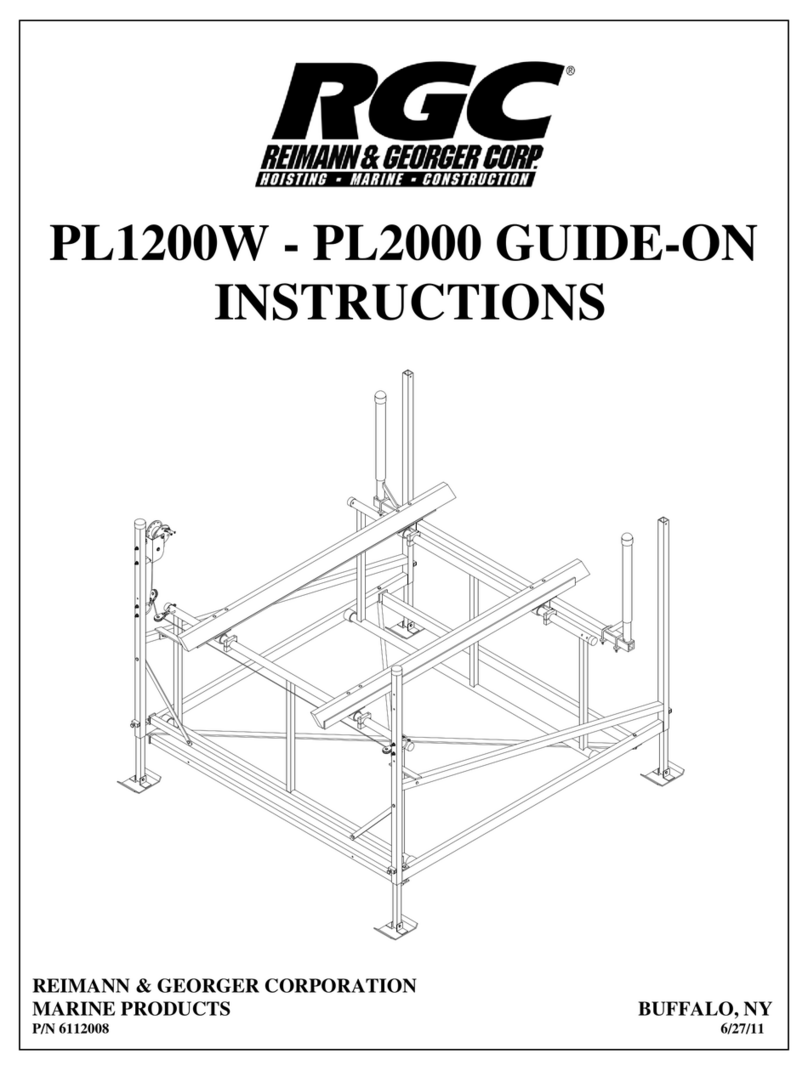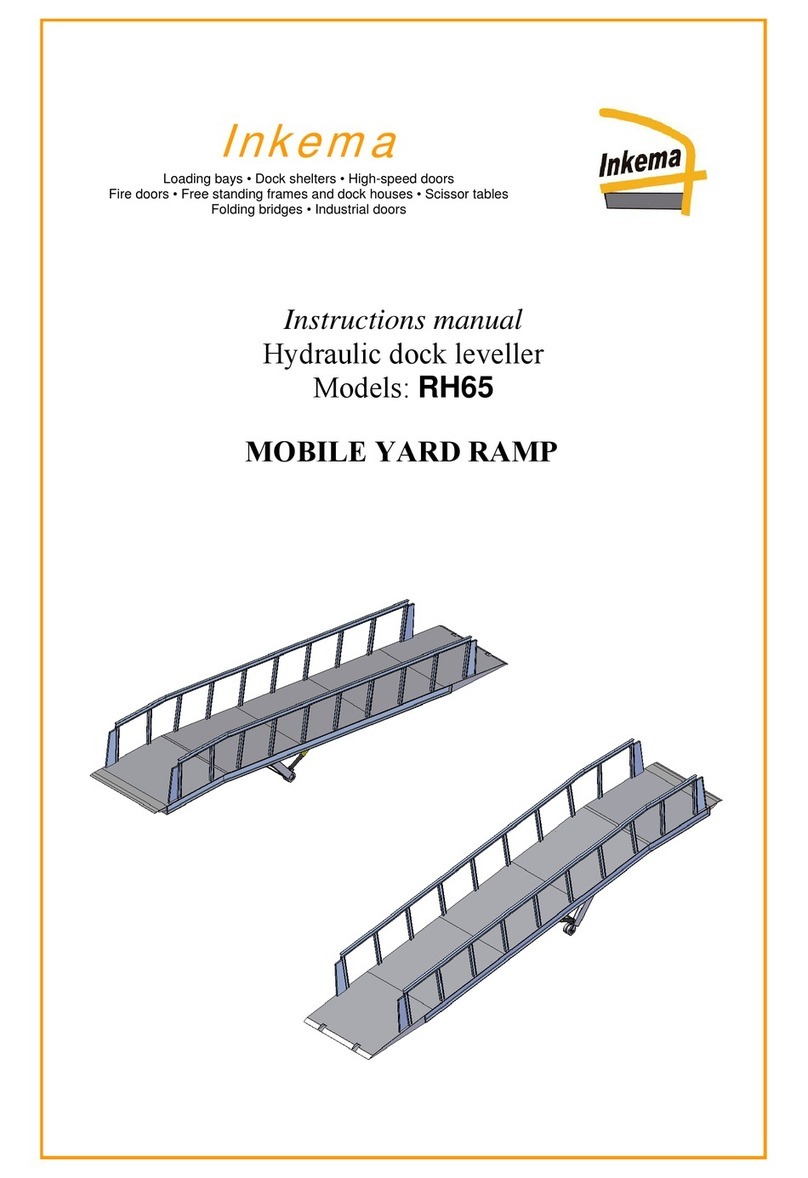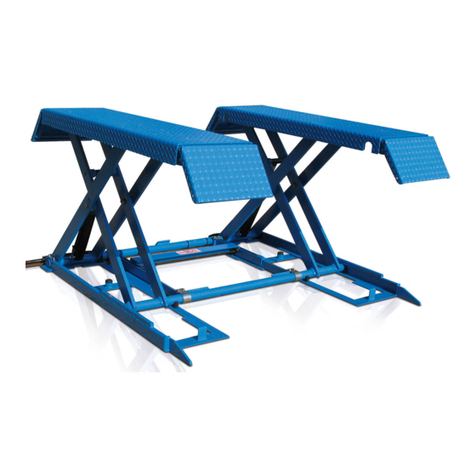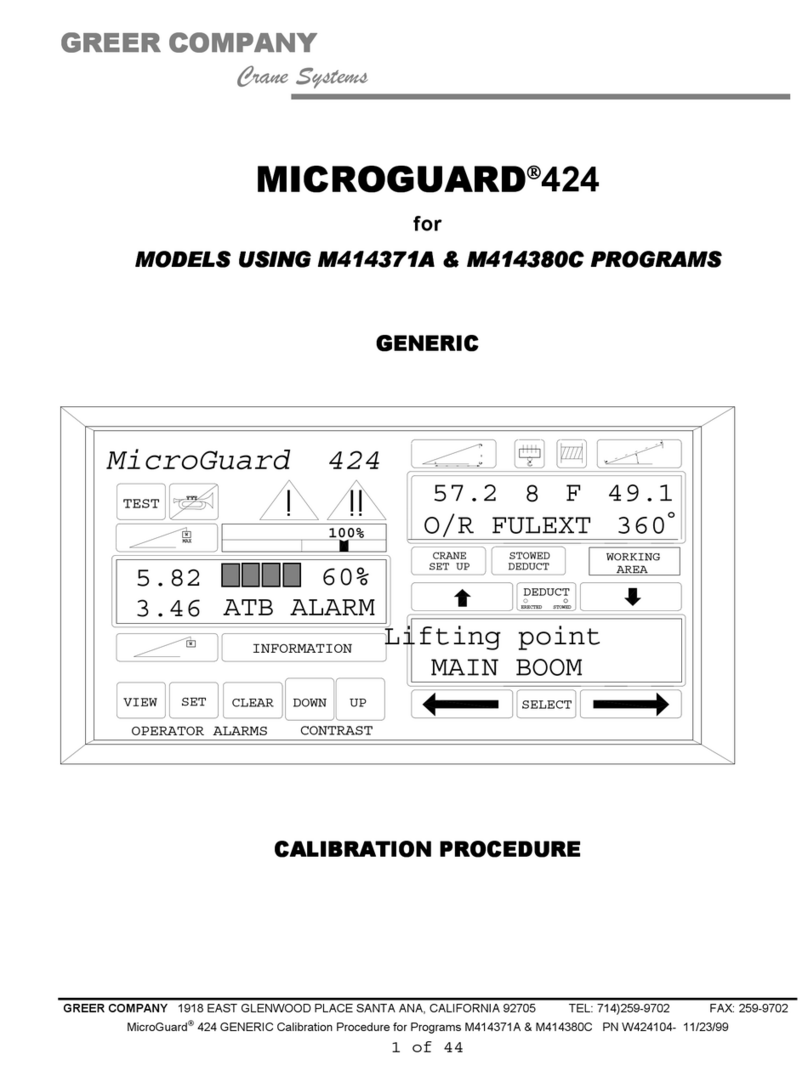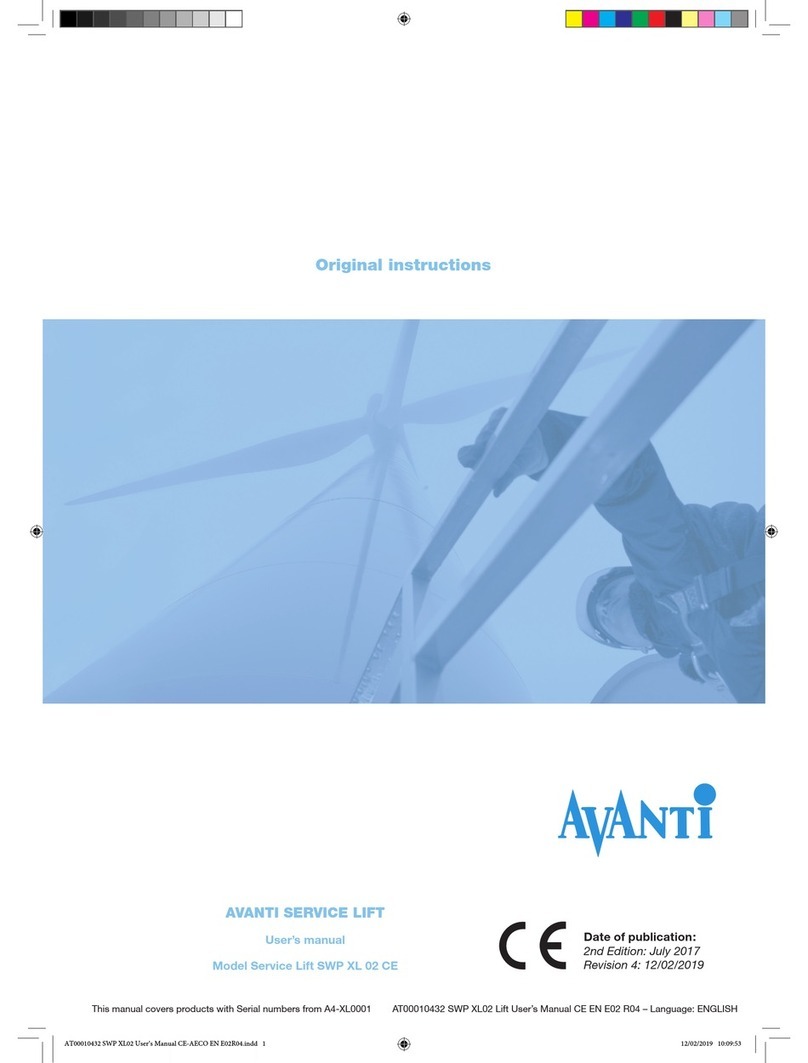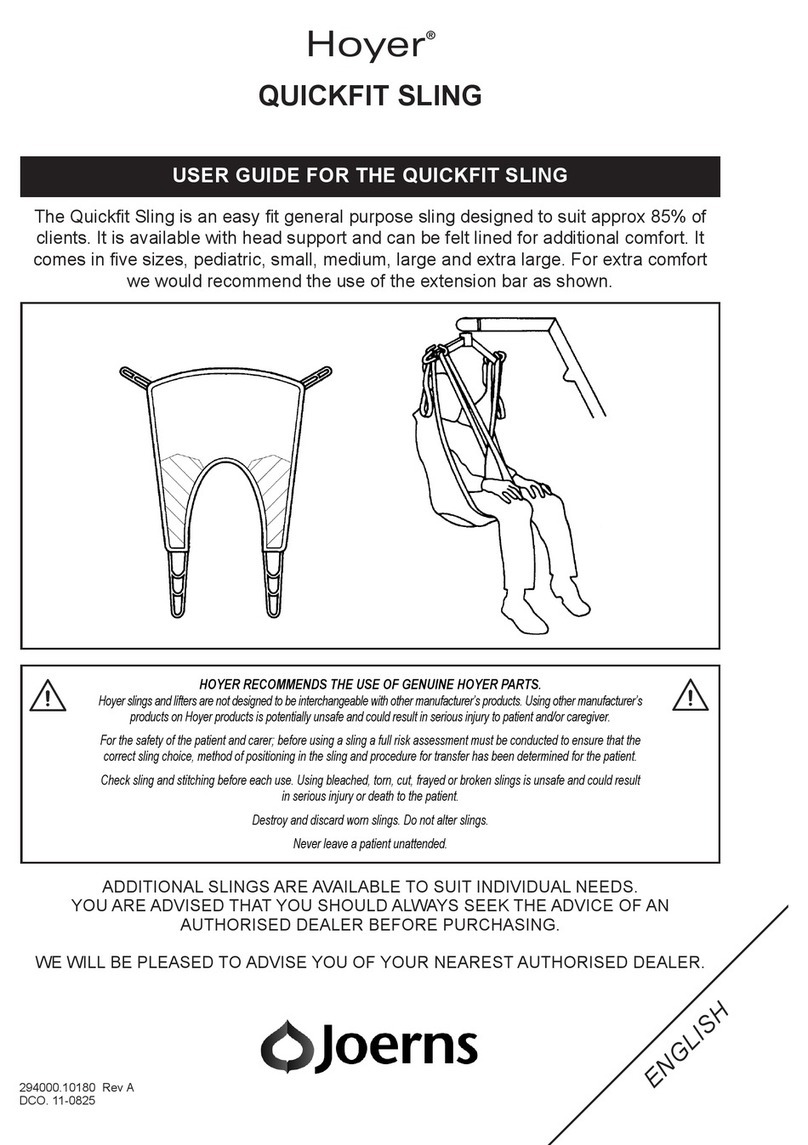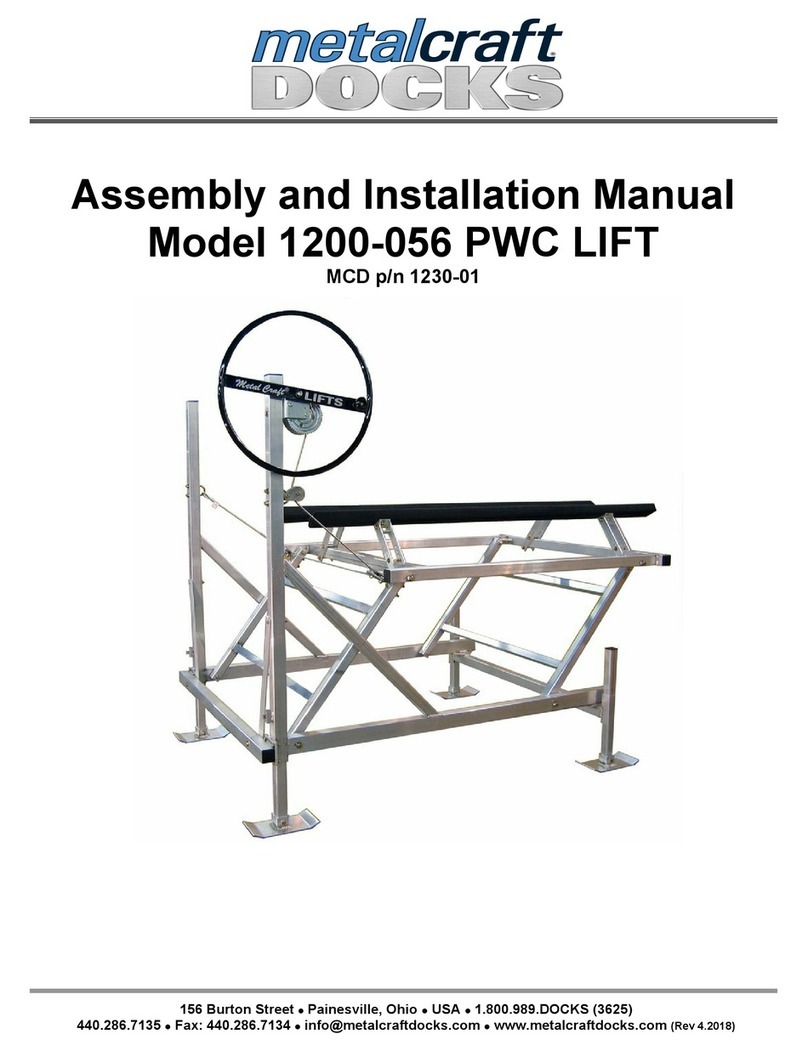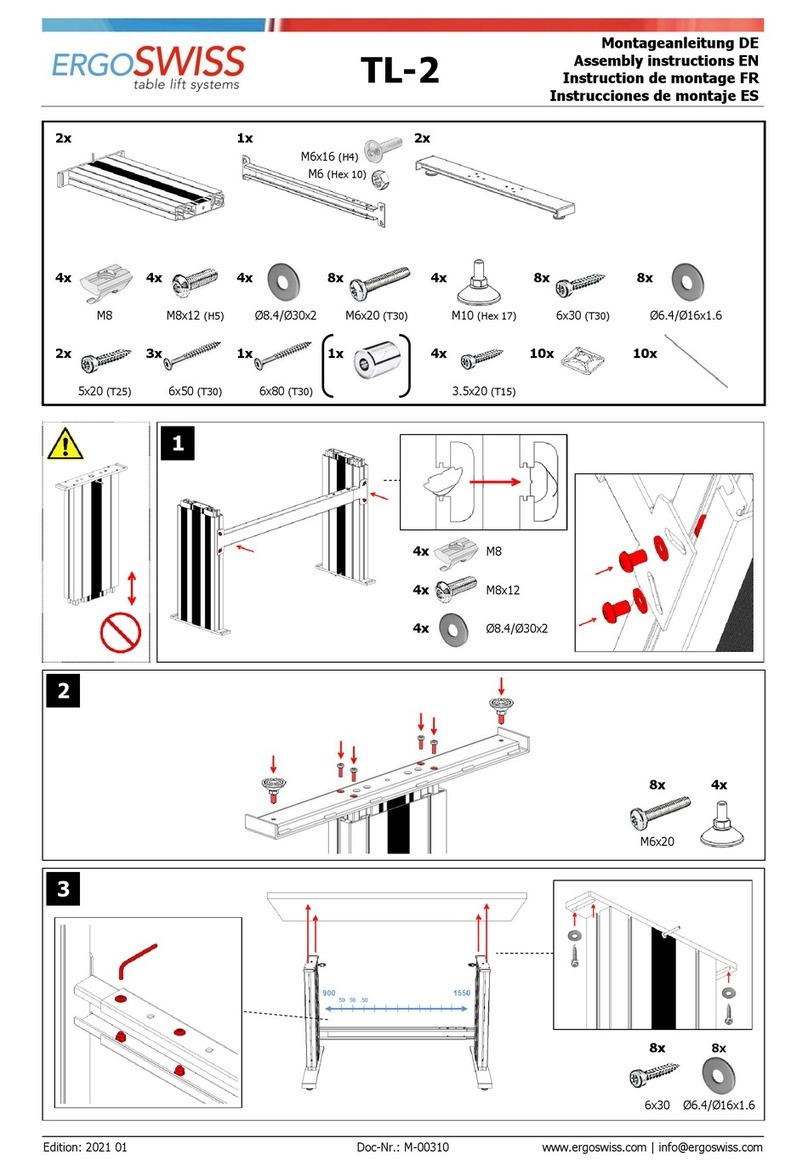
CONTENTS
1-SAFETY .....................................................................................................................1
1.1 INTRODUCTION........................................................................................................................ 1
1.2 SAFETY INSTRUCTIONS FOR COMMISSIONING...................................................................... 1
1.3 SAFETY INSTRUCTIONS FOR OPERATION............................................................................... 1
1.4 SAFETY INSTRUCTIONS FOR MAINTENANCE ......................................................................... 3
1.5 RISKS....................................................................................................................................... 3
2-DESCRIPTION............................................................................................................4
3-UNPACKING & SETUP................................................................................................5
3.1 DELIVERY AND CHECK OF PACKAGES ..................................................................................... 5
3.2 LIFTING AND HANDLING.......................................................................................................... 5
3.3 PREPARATION ......................................................................................................................... 5
4 SPECIFICATIONS .......................................................................................................6
5-FLOOR REQUIREMENTS ............................................................................................6
5.1 SELECTING THE SITE AREA ..................................................................................................... 6
5.2 FLOOR REQUIREMENTS ........................................................................................................... 6
5.3 IMPORTANT CONCRETE AND ANCHORING INFORMATION ..................................................... 7
5.4 ANCHORING TIP SHEET........................................................................................................... 7
6-INSTALLATION INSTRUCTIONS................................................................................8
7-OPERATION INSTRUCTIONS...................................................................................15
7.1 DEFECTS / MALFUNCTIONS....................................................................................................15
7.2 CONTROLS..............................................................................................................................15
7.3 OPERATION.............................................................................................................................16
8-MAINTENANCE........................................................................................................18
8.1 MAINTENANCE SCHEDULE .....................................................................................................18
8.1.1 DAILY ....................................................................................................................................................................................... 18
8.1.2 WEEKLY ................................................................................................................................................................................... 18
8.1.3 MONTHLY................................................................................................................................................................................ 19
8.1.4 BIMONTHLY............................................................................................................................................................................ 19
8.1.5 YEARLY .................................................................................................................................................................................... 19
8.1.6 EVERY OTHER YEAR.............................................................................................................................................................. 19
8.2 MAINTENANCE BY OPERATOR ...............................................................................................20
8.2.1 HYDRAULIC SYSTEM ............................................................................................................................................................ 20
8.2.2 GREASING POINTS................................................................................................................................................................ 20
8.2.3 OPERATION AND WEAR CHECKS ....................................................................................................................................... 21
8.2.4 LIFT STABILITY...................................................................................................................................................................... 21
8.3 CLEANING ...............................................................................................................................21
9-TROUBLESHOOTING ...............................................................................................22
10-OWNER/EMPLOYER RESPONSIBILITIES................................................................23
11-DIAGRAMS (FIG. 1-11)...........................................................................................24
FIG. 1 - EXPLODED PARTS VIEW ...................................................................................................24
FIG. 2 - ADAPTERS .......................................................................................................................26
FIG. 3 - CARRIAGE ........................................................................................................................27
FIG. 4-1 - CABLE ...........................................................................................................................28
FIG. 4-2 - CROSSBEAM.................................................................................................................28
FIG. 5 - SAFETY LOCKS.................................................................................................................29
FIG. 6 - HOSES/POWER UNIT ........................................................................................................30
FIG. 7 - CABLES / PULLEYS...........................................................................................................31
FIG. 8 - POWER UNIT.....................................................................................................................32
FIG. 9 - HYDRAULICS ....................................................................................................................33
FIG. 10 - ELECTRICAL ...................................................................................................................34
FIG. 11 - DIMENSIONS ..................................................................................................................35






















